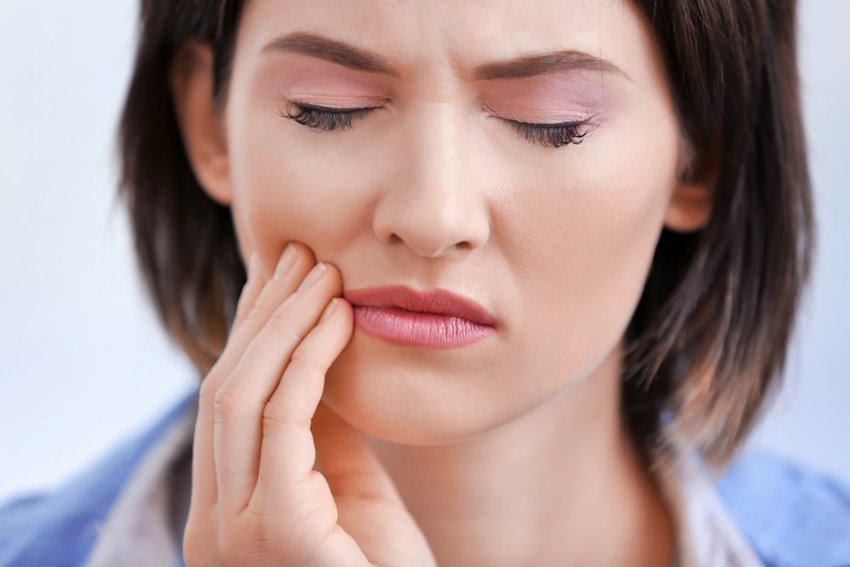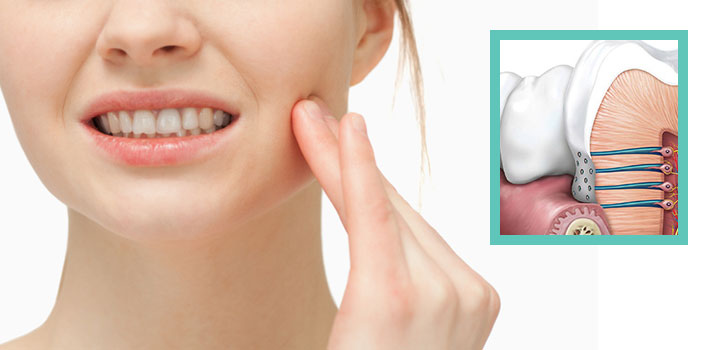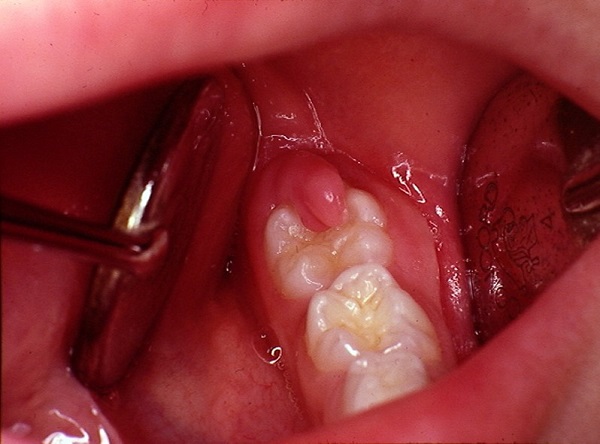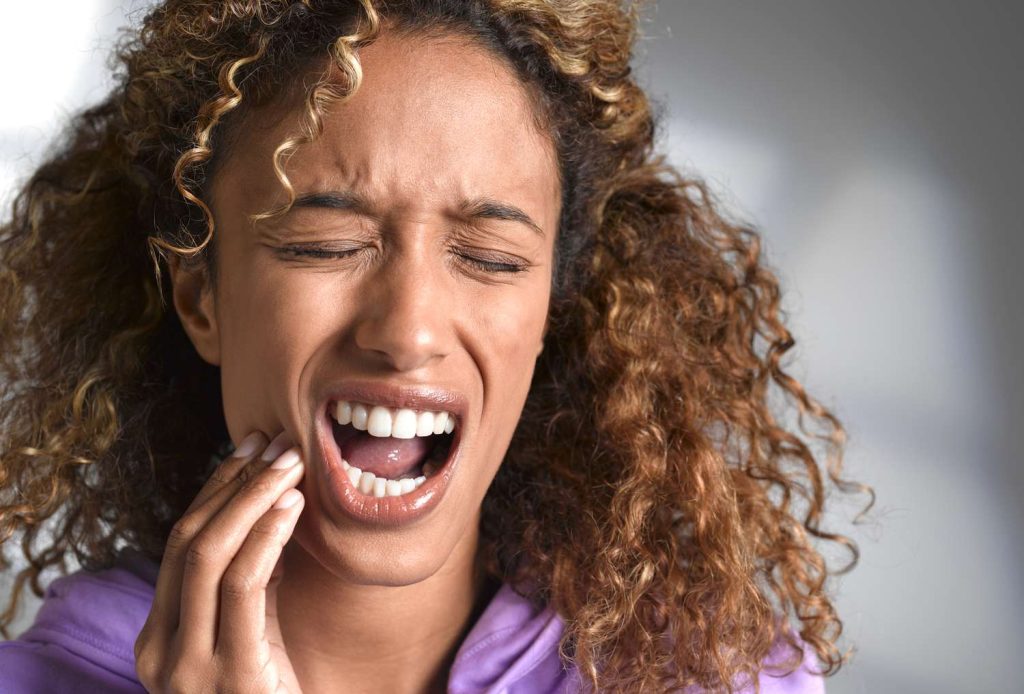Throbbing pain after dental bridge
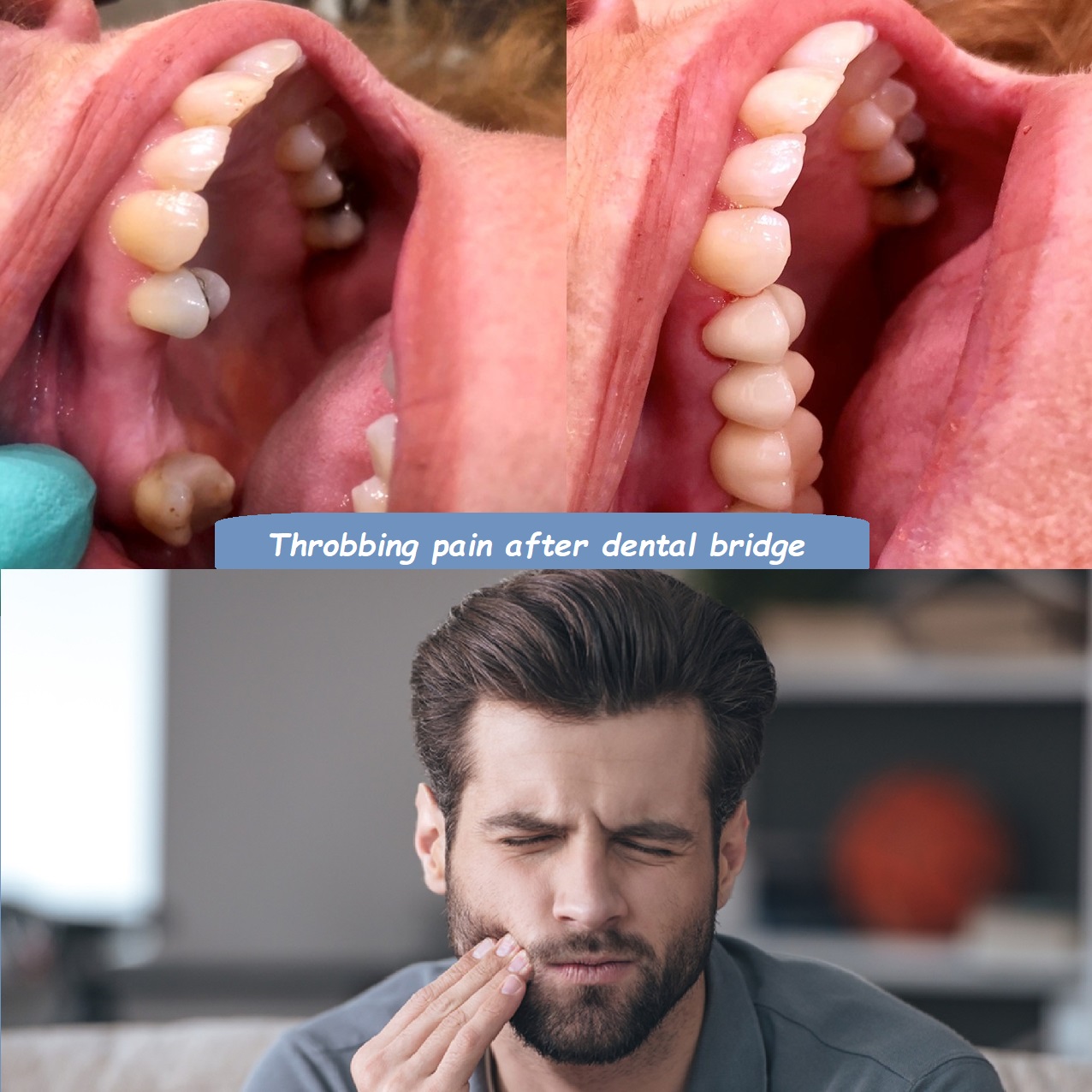
Understanding Throbbing Pain After Dental Bridge: Causes, Symptoms, and Solutions,
Dental bridges are a common solution for replacing missing teeth, restoring functionality, and improving aesthetics. However, it’s common for patients to experience throbbing pain after dental bridge procedures. This comprehensive guide explores the causes, symptoms, and solutions for throbbing pain after dental bridge placement. Understanding the underlying issues and available treatments allows you to manage the pain effectively and ensure a smoother recovery.
What is a Dental Bridge?
A dental bridge is a prosthetic device used to replace one or more missing teeth. It consists of two or more crowns for the teeth on either side of the gap, with a false tooth (or teeth) in between. These crowns are known as abutments and anchor the bridge in place. The false teeth, known as pontics, can be made from various materials, including gold, alloys, porcelain, or a combination.
Causes of Throbbing Pain After Dental Bridge
Experiencing throbbing pain after dental bridge placement can be alarming. There are several potential causes for this discomfort, ranging from minor issues to more serious complications:
1. Inflammation and Swelling
The most common cause of throbbing pain after a dental bridge procedure is inflammation and swelling of the gums and surrounding tissues. This is a normal response to the trauma of dental work. The body sends blood and immune cells to the area to promote healing, which can cause pain and swelling.
2. Improper Fit
An improperly fitted dental bridge can cause significant discomfort. If the bridge does not align correctly with your natural bite or exerts too much pressure on the surrounding teeth and gums, it can lead to throbbing pain. An ill-fitting bridge can also cause issues with chewing and speaking.
3. Infection
Infection is a serious cause of throbbing pain after dental bridge placement. Bacteria can enter the gums during the procedure or if there is poor oral hygiene post-operation. Symptoms of an infection include severe pain, swelling, redness, and sometimes fever. An infection can spread and cause more serious health problems if not treated promptly.
4. Nerve Damage
During the preparation of teeth for a dental bridge, the nerves in the teeth or gums can sometimes be damaged. This can result in persistent throbbing pain. Nerve damage might occur due to the drilling process or the pressure exerted by the dental bridge.
5. Gum Disease
Pre-existing gum disease can exacerbate pain after dental bridge placement. Conditions such as gingivitis or periodontitis can cause the gums to be more sensitive and prone to pain. If gum disease is not treated before getting a dental bridge, it can increase discomfort.
6. Bite Misalignment
A dental bridge that causes or exacerbates bite misalignment can result in throbbing pain. When the bite is not properly aligned, it can place undue stress on certain teeth and jaw muscles, leading to pain and discomfort.
7. Allergic Reactions
In rare cases, patients may be allergic to the materials used in the dental bridge. This can lead to inflammation, pain, and discomfort. Common allergens include certain metals and dental adhesives.
Symptoms of Throbbing Pain After Dental Bridge
Recognizing the symptoms of throbbing pain after dental bridge placement can help you identify the underlying issue and seek appropriate treatment. Common symptoms include:
1. Persistent Pain
A common symptom is throbbing pain that persists for more than a few days after the procedure. This pain may be continuous or intermittent and can vary in intensity.
2. Swelling and Redness
Swelling and redness around the dental bridge area can indicate inflammation or infection. The gums may appear puffy and tender to the touch.
3. Sensitivity
Increased sensitivity to hot and cold foods or beverages can be a symptom of throbbing pain after dental bridge placement. This sensitivity can also extend to pressure from chewing or brushing.
4. Difficulty Chewing
Pain while chewing is another common symptom. This can result from an improperly fitted bridge, bite misalignment, or underlying infection.
5. Bad Taste or Odor
A persistent bad taste or odor in the mouth can indicate an infection. Bacteria and pus can cause these symptoms and require immediate attention.
6. Fever
A fever accompanying throbbing pain is a clear sign of infection and warrants prompt medical attention. A fever indicates that the body is fighting an infection.
7. Bleeding Gums
Bleeding gums can occur due to inflammation or gum disease. If you notice blood while brushing or flossing, it can be a sign that something is wrong with the dental bridge or the surrounding tissues.
Diagnosing Throbbing Pain After Dental Bridge
Properly diagnosing throbbing pain after dental bridge placement is essential for effective treatment. Your dentist will perform a thorough examination, which may include:
1. Physical Examination
Your dentist will examine your gums, teeth, and dental bridge for signs of infection, inflammation, or improper fit and check for any bite misalignment.
2. X-rays
X-rays can help identify issues that are not visible during a physical examination. They can show infections, bone loss, and the fit of the dental bridge.
3. Sensitivity Tests
Sensitivity tests can help determine if nerve damage is causing the throbbing pain. Your dentist may use cold, heat, or pressure to test your response.
4. Bite Analysis
A bite analysis can help identify any misalignment issues. Your dentist will check how your teeth come together and may use special paper to mark contact points.
Treatment Options for Throbbing Pain After Dental Bridge
The treatment for throbbing pain after dental bridge placement depends on the underlying cause. Here are some common treatment options:
1. Pain Management
Over-the-counter pain relievers, such as ibuprofen or acetaminophen, can help manage the pain. Your dentist may also prescribe stronger pain medication if necessary.
2. Addressing Inflammation
Anti-inflammatory medications can help reduce swelling and inflammation. Applying a cold compress to the affected area can also help alleviate symptoms.
3. Antibiotics
If an infection is causing the throbbing pain, your dentist will prescribe antibiotics to eliminate the bacteria. It’s important to complete the entire course of antibiotics even if symptoms improve.
4. Adjusting the Dental Bridge
If the pain is due to an improper fit or bite misalignment, your dentist may need to adjust the dental bridge. This can involve reshaping the bridge or adjusting the surrounding teeth.
5. Treating Gum Disease
If gum disease is the cause of the pain, your dentist will recommend treatments such as deep cleaning, scaling, and root planing. In severe cases, surgical intervention may be necessary.
6. Managing Allergic Reactions
If an allergic reaction is causing the pain, your dentist may need to replace the dental bridge with materials that are not allergenic. Antihistamines or corticosteroids may also be prescribed to manage symptoms.
7. Nerve Treatment
If nerve damage is causing the pain, your dentist may recommend treatments such as root canal therapy. In some cases, referral to a specialist may be necessary.
Home Remedies for Managing Throbbing Pain After Dental Bridge
While professional treatment is essential, several home remedies can help manage throbbing pain after dental bridge placement:
1. Salt Water Rinse
Rinsing your mouth with warm salt water can help reduce inflammation and promote healing. Mix a teaspoon of salt in a glass of warm water and rinse your mouth several times daily.
2. Cold Compress
Applying a cold compress to the affected area can help reduce swelling and numb the pain. Wrap ice in a cloth and apply it to your cheek for 15-20 minutes at a time.
3. Clove Oil
Clove oil has natural analgesic and anti-inflammatory properties. Apply a small amount of clove oil to a cotton ball and gently dab it on the painful area.
4. Good Oral Hygiene
Maintaining good oral hygiene is crucial for preventing infections and promoting healing. Brush and floss regularly, and use an antiseptic mouthwash to keep your mouth clean.
5. Soft Diet
Eating a soft diet can help reduce pain while chewing. Avoid hard, crunchy, or sticky foods that aggravate the affected area.
Preventing Throbbing Pain After Dental Bridge
Preventing throbbing pain after dental bridge placement involves taking steps to ensure proper oral hygiene and care:
1. Follow Post-Procedure Instructions
Your dentist will provide specific post-procedure instructions. Adhering to these guidelines can help prevent complications and promote healing.
2. Maintain Good Oral Hygiene
Brush and floss regularly to keep your mouth clean and prevent infections. Pay special attention to cleaning around the dental bridge and the abutment teeth.
3. Regular Dental Check-ups
Regular dental check-ups can help identify and address any issues with your dental bridge early on. Your dentist can perform professional cleanings and check for any signs of problems.
4. Avoid Hard Foods
Avoid chewing on hard foods that can damage the dental bridge or the surrounding teeth. Stick to a soft diet initially and gradually reintroduce harder foods as you heal.
5. Manage Gum Disease
If you have gum disease, work with your dentist to manage the condition. Regular cleanings, proper oral hygiene, and necessary treatments can help keep your gums healthy.
6. Address Allergies
If you have known allergies to certain dental materials, inform your dentist before the procedure. They can choose materials that are safe for you and prevent allergic reactions.






